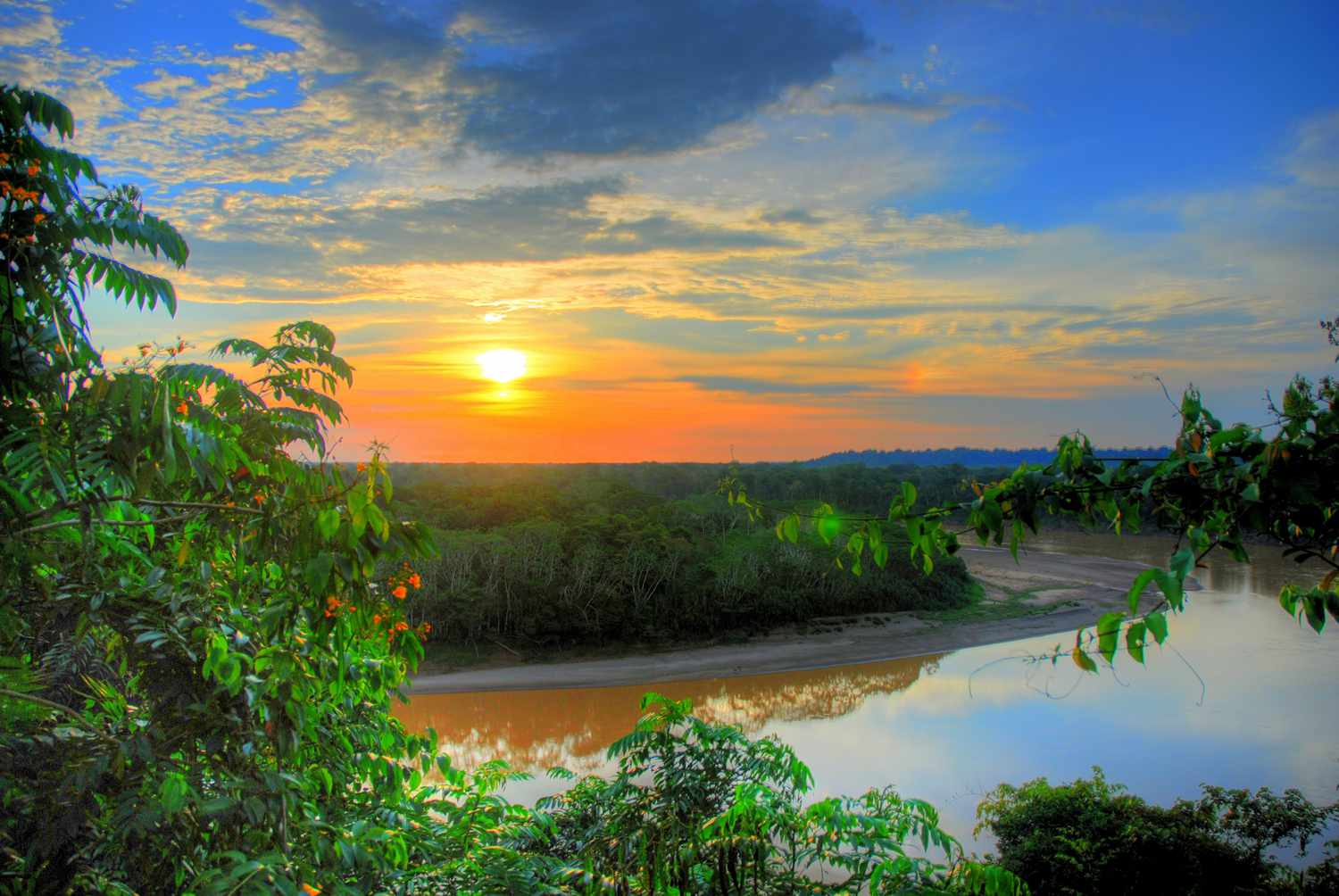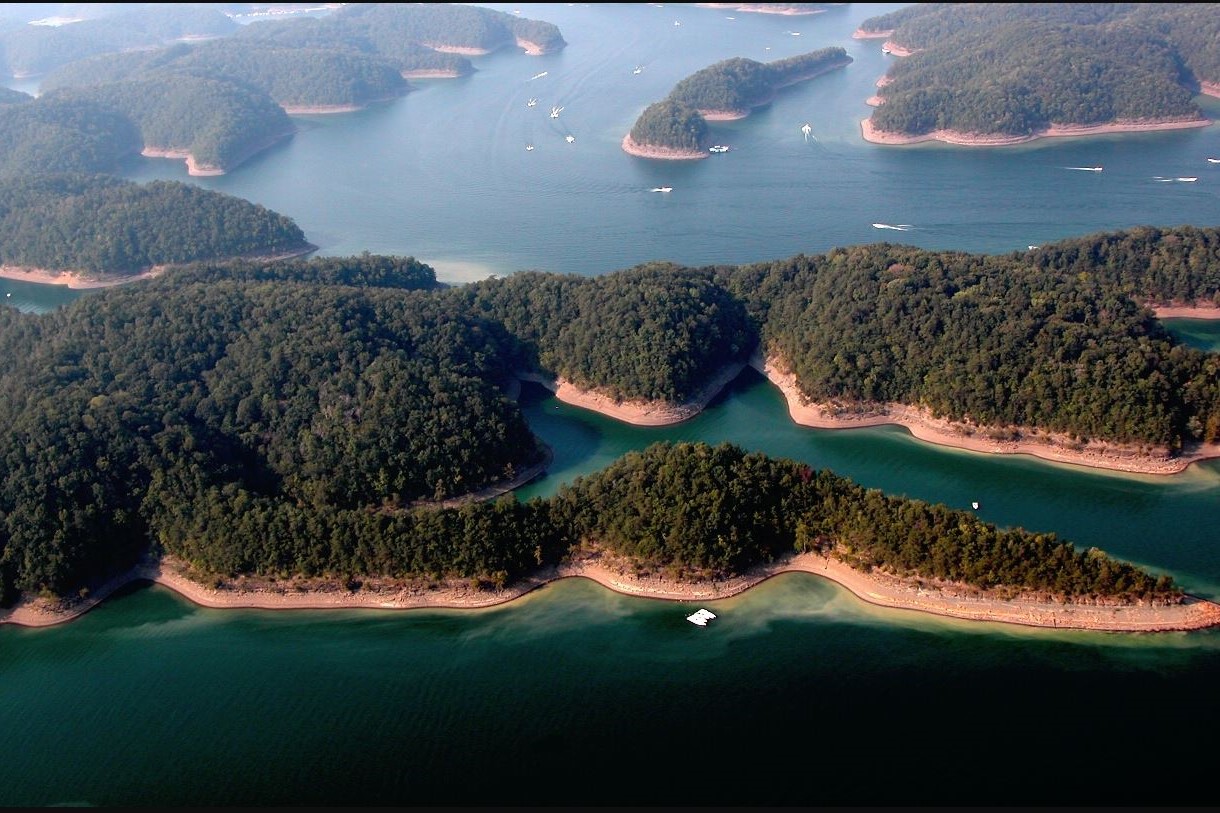
Biomes are fascinating regions of our planet, each with unique climates, plants, and animals. Ever wondered what makes a desert different from a rainforest? Or why tundras are so cold? This blog post will dive into 27 intriguing facts about biomes, shedding light on their diversity and importance. From the scorching sands of the Sahara to the lush greenery of the Amazon, biomes play a crucial role in Earth's ecosystem. Understanding these natural wonders helps us appreciate the delicate balance of life. Ready to learn more about the world's biomes? Let's get started!
What is a Biome?
A biome is a large community of plants and animals that occupy a distinct region. Biomes are defined by their climate, vegetation, and animal life. Let's dive into some fascinating facts about biomes.
-
Biomes are classified by climate: The primary factor that determines a biome is the climate, including temperature and precipitation.
-
There are five major types: The five major biomes are aquatic, desert, forest, grassland, and tundra.
-
Aquatic biomes cover most of Earth: Aquatic biomes, including oceans, lakes, and rivers, cover about 75% of the Earth's surface.
-
Deserts are not always hot: Some deserts, like the Gobi Desert, are cold. Deserts are defined by low precipitation, not temperature.
-
Forests are the most diverse: Forest biomes, especially tropical rainforests, have the highest biodiversity of any terrestrial biome.
Aquatic Biomes
Aquatic biomes are incredibly diverse and vital to life on Earth. They include both freshwater and marine environments.
-
Oceans are the largest biome: Oceans cover about 71% of the Earth's surface and contain 97% of the planet's water.
-
Coral reefs are underwater cities: Coral reefs support a vast array of marine life and are often called the "rainforests of the sea."
-
Freshwater biomes are crucial: Freshwater biomes, like rivers and lakes, provide drinking water, food, and habitat for many species.
-
Wetlands are nature's filters: Wetlands filter pollutants from water, making them essential for maintaining water quality.
-
Estuaries are nurseries: Estuaries, where rivers meet the sea, are crucial breeding grounds for many marine species.
Desert Biomes
Deserts are known for their extreme conditions and unique adaptations of plants and animals.
-
Deserts receive less than 10 inches of rain: This low precipitation defines deserts and creates harsh living conditions.
-
Cacti are desert survivors: Cacti store water in their thick stems, allowing them to survive long dry periods.
-
Desert animals are nocturnal: Many desert animals are active at night to avoid the extreme daytime heat.
-
Deserts can be cold: The Antarctic Desert is the largest cold desert, with temperatures often below freezing.
-
Desertification is a growing problem: Human activities and climate change are causing more areas to become desert-like.
Forest Biomes
Forests are vital for the planet's health, providing oxygen, storing carbon, and supporting diverse ecosystems.
-
Tropical rainforests are the most biodiverse: These forests are home to more species than any other terrestrial biome.
-
Temperate forests have four seasons: These forests experience distinct seasons, including cold winters and warm summers.
-
Boreal forests are the largest land biome: Also known as taiga, boreal forests cover large parts of Canada, Russia, and Scandinavia.
-
Deforestation is a major threat: Logging, agriculture, and urbanization are leading to significant loss of forested areas.
-
Forests are carbon sinks: Forests absorb carbon dioxide from the atmosphere, helping to mitigate climate change.
Grassland Biomes
Grasslands are vast open spaces dominated by grasses rather than trees. They are crucial for agriculture and wildlife.
-
Prairies and savannas are types of grasslands: Prairies are found in North America, while savannas are common in Africa.
-
Grasslands have rich soil: The soil in grasslands is often very fertile, making them ideal for farming.
-
Fire is a natural part of grasslands: Periodic fires help maintain the grassland ecosystem by preventing tree growth.
-
Grasslands support large herbivores: Animals like bison, zebras, and antelope thrive in grassland biomes.
-
Grasslands are shrinking: Urban development and agriculture are reducing the size of natural grasslands.
Tundra Biomes
Tundras are cold, treeless regions found in the Arctic and on high mountains. They have unique adaptations to extreme conditions.
-
Permafrost is a key feature: Tundras have a layer of permanently frozen soil called permafrost.
-
Tundra plants are hardy: Plants in the tundra are low-growing and can survive extreme cold and wind.
The Final Word on Biomes
Biomes are fascinating. They shape our world in countless ways. From the icy tundras to lush rainforests, each biome has unique characteristics. These ecosystems support diverse plant and animal life, each adapted to their specific environment. Understanding biomes helps us appreciate the planet's complexity and the delicate balance needed to maintain it.
Human activities impact these natural habitats. Deforestation, pollution, and climate change threaten many biomes. Protecting them is crucial for preserving biodiversity and ensuring a healthy planet for future generations.
Learning about biomes isn't just for scientists. Everyone can benefit from knowing more about the world around them. It fosters a sense of responsibility and encourages sustainable living. So next time you step outside, take a moment to think about the biome you're in and how you can help protect it.
Was this page helpful?
Our commitment to delivering trustworthy and engaging content is at the heart of what we do. Each fact on our site is contributed by real users like you, bringing a wealth of diverse insights and information. To ensure the highest standards of accuracy and reliability, our dedicated editors meticulously review each submission. This process guarantees that the facts we share are not only fascinating but also credible. Trust in our commitment to quality and authenticity as you explore and learn with us.


